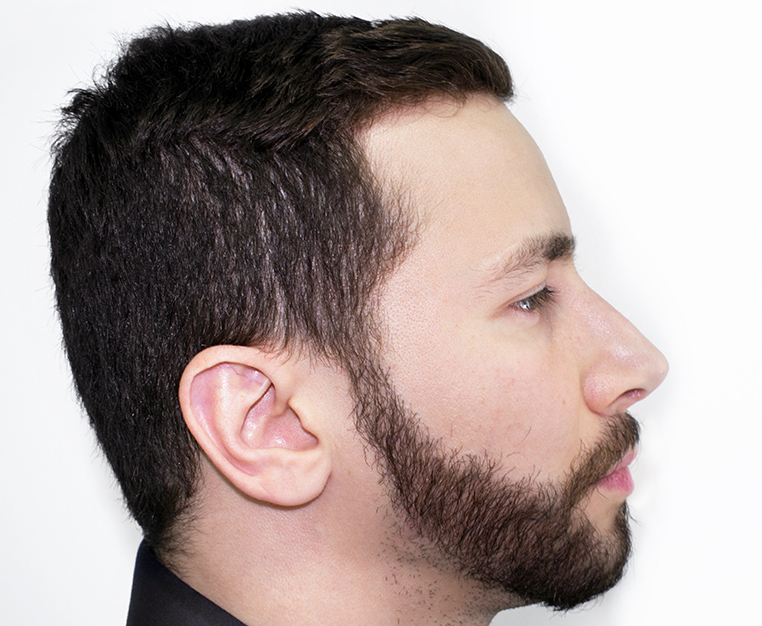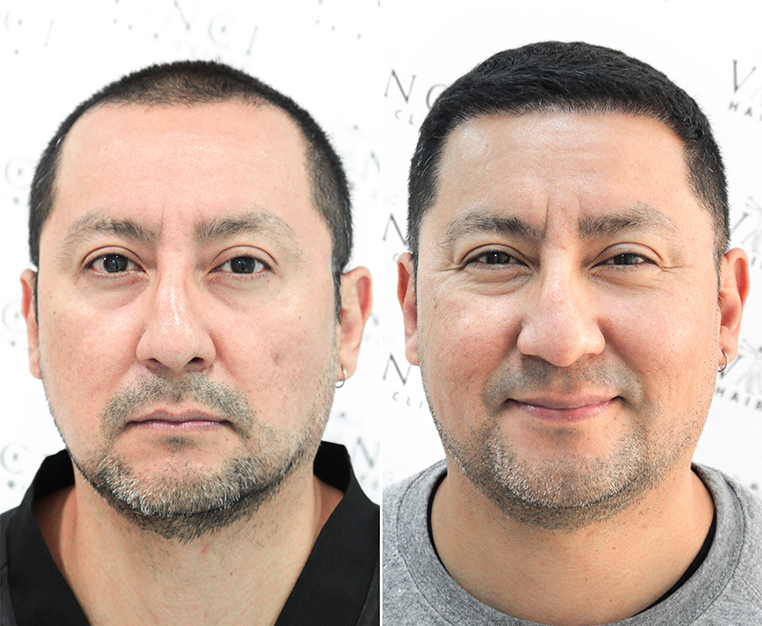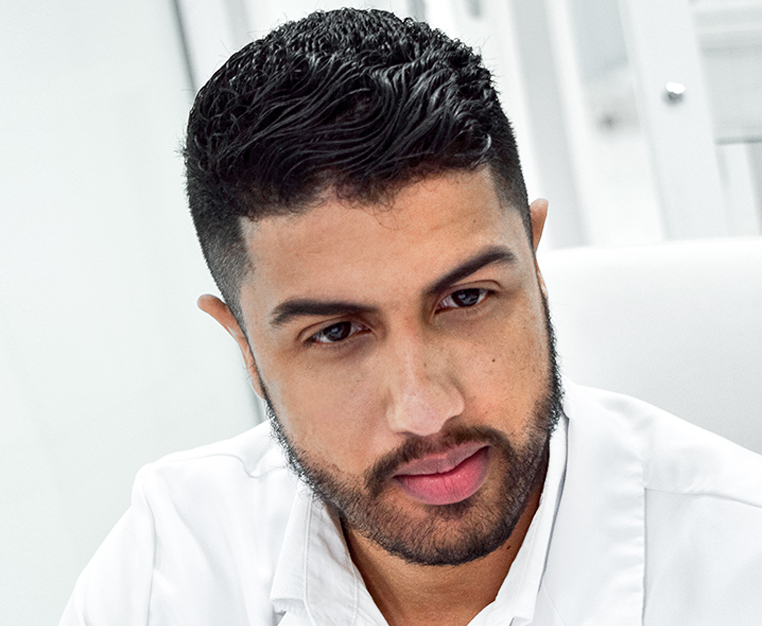One of the questions most frequently asked on hair loss forums (yes, they’re a thing) concerns the most appropriate treatment for hair loss. What generally happens is that half the world pitches in with an answer, and many of those answers are different. That doesn’t mean that some of the answers are wrong, just that the correct answer is often different for each individual. That’s because there is no one-size-fits-all when it comes to hair restoration.
The right treatment for your hair loss will depend on several factors. This article will take you through some of them. Keep scrolling to find out more!
Underlying Causes
The underlying cause of your hair loss is a crucial factor in determining the appropriate treatment. It could be that your hair loss is merely a symptom of a more general health problem. Sort out your health issues and you will most likely slow down or even reverse the hair loss you’ve experienced.
For example, if your condition is caused by a thyroid disorder, treating the thyroid problem with medication may help to restore hair growth. Similarly, hair loss caused by a fungal infection or scalp inflammation may also be successfully treated with medications. Failure to treat the underlying cause, or treating the wrong cause, may result in your hair loss going unchecked.
Telogen effluvium is a classic example of this. It can be brought on by a variety of factors, including stress, illness, hormonal changes, or certain medications. Unless you deal with those underlying issues, the hair loss will continue. Treatments may be used to stimulate hair growth once the underlying cause has been addressed but not before. The same applies to traction alopecia.
That’s why talking to your doctor is wise if you’re worried about excessive hair loss. The doctor can run a few checks to rule out any medical condition that might be causing it.
Treatments
Your next stop should then be a hair specialist who can identify what’s causing your hair loss and recommend a treatment. Here’s a rundown of some of the possible treatments alongside the type of hair loss condition they’re most often used to treat.
Hair transplant surgery is very much the flagship procedure of hair restoration treatment. It provides a permanent solution to hair loss by grafting hair follicles from the back and sides of the head to the balding areas on the crown and frontal areas. Hair transplants are often used to treat androgenetic alopecia. Also known as male or female pattern baldness, it’s the most common type of hair loss, affecting an estimated 50% of men and 25% of women around the world at some point in their lives.
Medications such as minoxidil and finasteride are also used in the treatment of pattern baldness. Finasteride is approved for use in men only, while minoxidil can be used by both men and women.
Other medicated treatments such as topical, oral or injectable corticosteroids, topical immunotherapy, antibiotics and oral immunosuppressive drugs, are used to treat alopecia areata, as well as some types of cicatricial alopecia.
Low-level laser therapy (LLLT) is a non-invasive treatment that uses a device that emits low-level laser light to stimulate hair growth. In Platelet-rich plasma (PRP) therapy, a small amount of the client’s blood is drawn, processed to concentrate the platelets and then injected into the scalp. Like LLLT, it’s used to promote the rapid growth of strong, healthy hair. Both these treatments are used in cases of temporary hair loss or when thinning hair and weak growth are the issues. Both are also used to stimulate growth following a hair transplant.
Mesotherapy is a non-surgical treatment that involves injecting a mixture of vitamins, minerals and other nutrients into the scalp. The procedure can improve blood circulation, reduce inflammation and stimulate healthy hair growth.
Micro Scalp Pigmentation is where medical-grade pigment is injected into the scalp in a process that resembles tattooing. The tiny microdots can create the impression of a closely shaved buzz cut or add density to longer, thinning strands. It’s often the treatment recommended to men who can’t have a hair transplant because they have insufficient hair in their donor areas. Men and women with longer, thinner strands can also use it to add density to their hair.
Conclusion
Choosing the most suitable hair loss treatment is an important decision and not one you should take based solely on what a family member, friend or colleague advises. Remember, what worked for them might not work for you. You need the help of a hair specialist who can identify the underlying cause of your hair loss and suggest the most appropriate remedy.
Vinci Hair Clinic can help with that. As one of the world’s leading hair restoration organisations, we employ some of the best hair specialists in the business. What’s more, we offer a free, no-obligation consultation to all our new clients. This can happen in person or over the phone, using photographs. Get in touch today and book your appointment!





